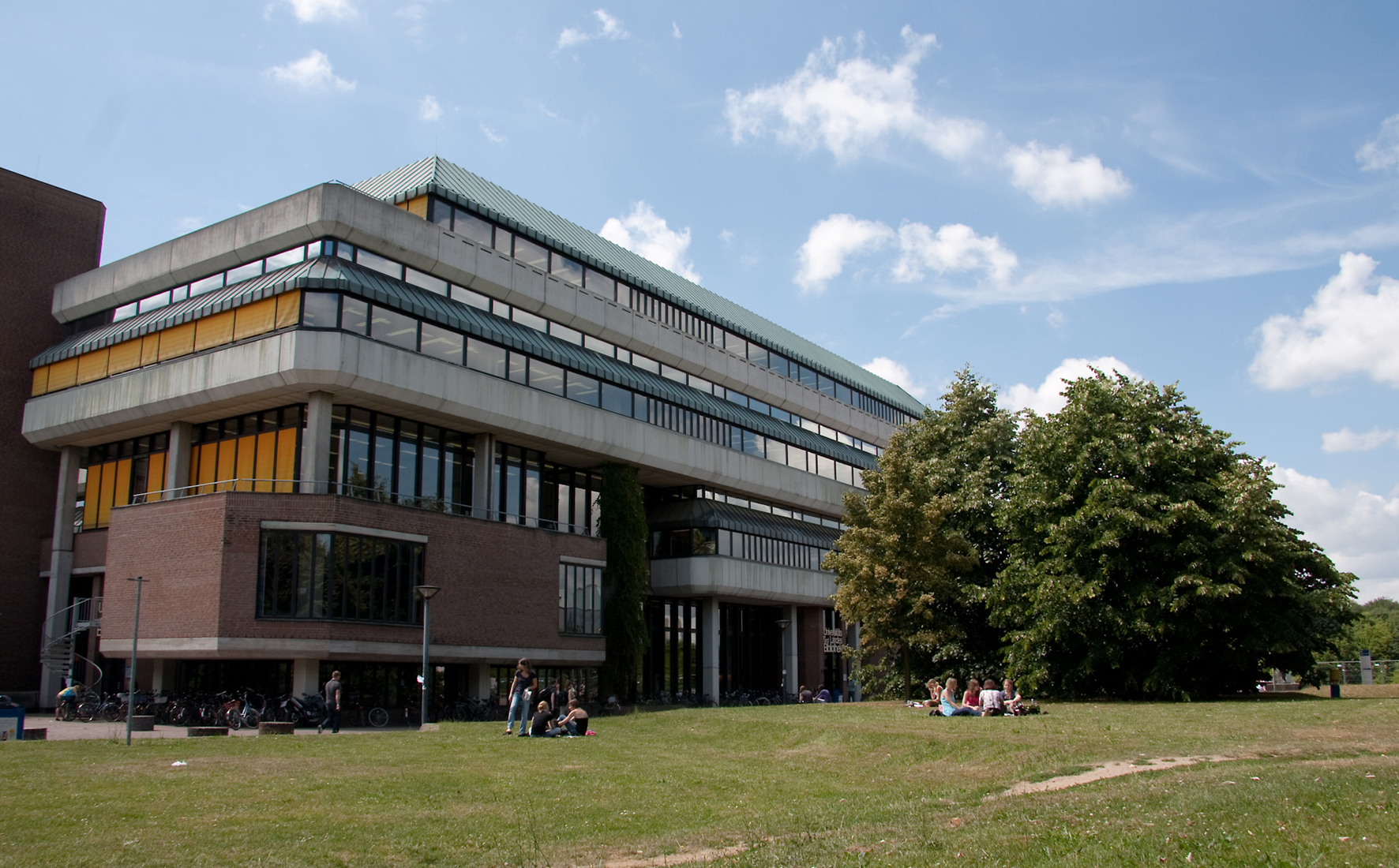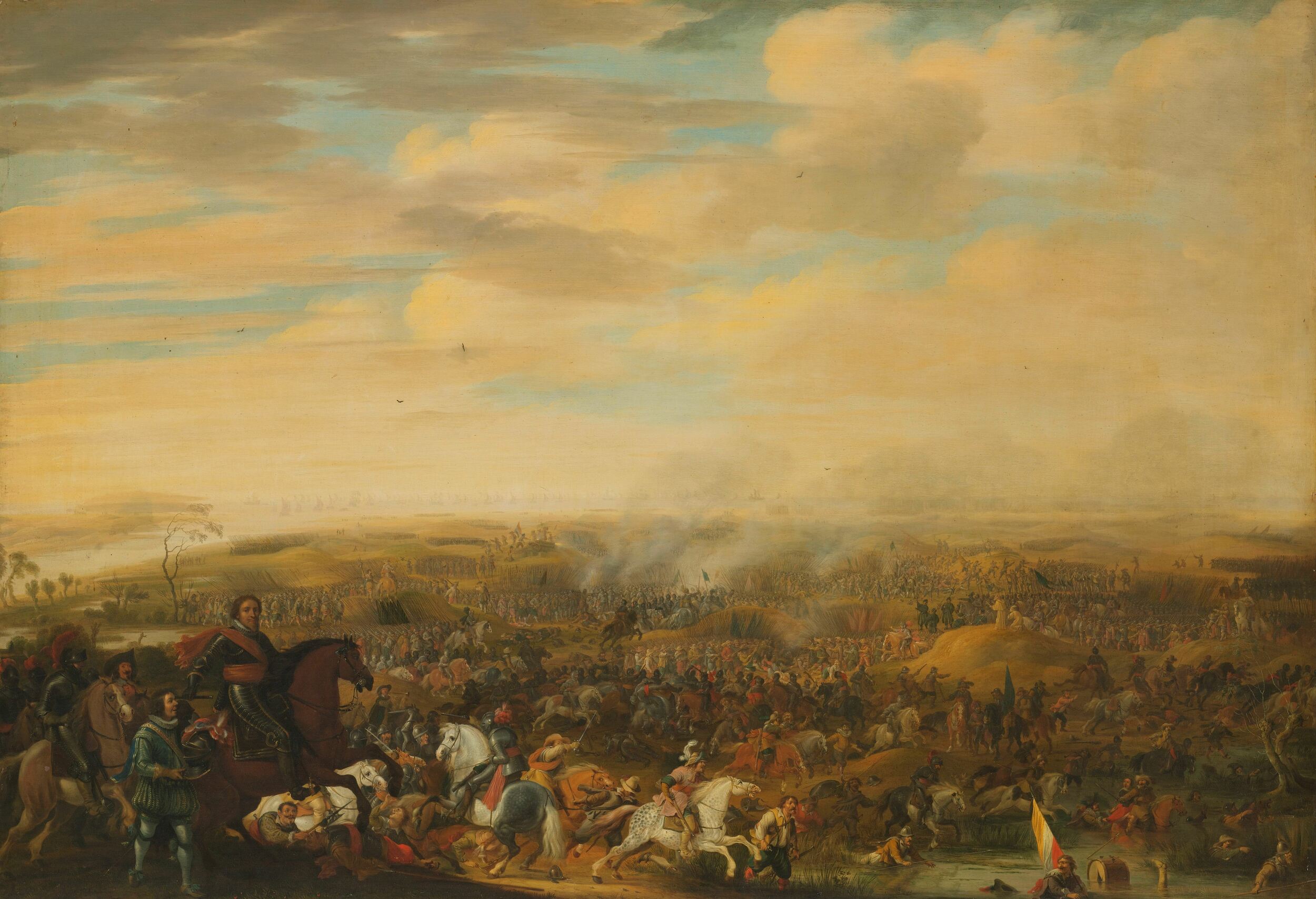|
Johann Schröder (physician)
Johann Schröder (1600, Bad Salzuflen – 1664) was a German physician and pharmacologist who was the first person to recognise that arsenic was an element. In 1649, he produced the elemental form of arsenic by heating its oxide, and published two methods for its preparation. retrieved October 13, 2009 Works * ''Pharmacopoeia medico-chymica sive thesaurus pharmacologicus : quo composita quaeque celebriora, hinc mineralia, vegetabilia & animalia chymico-medice describuntur, atque insuper principia physicae hermetico-hippocraticae candide exhibentur; opus, non minus utile physicis quam medicis'' . Gerlin, Ulm Ed. secunda correctum & auctum 164Digital edition [...More Info...] [...Related Items...] OR: [Wikipedia] [Google] [Baidu] |
Johann Schröder
Johann Schröder may refer to: * Johann Schröder (physician) (1600–1664), German physician and pharmacologist, recognised that arsenic was an element * Johann Heinrich Schröder (1784–1883), banker * Johann Schröder (mathematician) (1925–2007), German mathematician {{hndis, Schroder, Johann ... [...More Info...] [...Related Items...] OR: [Wikipedia] [Google] [Baidu] |
Bad Salzuflen
Bad Salzuflen () is a town and thermal spa resort in the Lippe district of North Rhine-Westphalia, Germany. At the end of 2013, it had 52,121 inhabitants. Geography Bad Salzuflen lies on the eastern edge of the Ravensberg Basin, at the confluence of the rivers Salze (Bega) with the Werre. In comparison to other North Lippe communities it is densely populated. The city centre is surrounded by districts with a village like feel to them and agricultural land. North east of the River Werre and Salze (Bega) runs a strand of the Lipper highlands runs through the largely wooded hills with elevations up to 250 meters in the city. The lowest point is on the border of the River Werre at Herford at about 70 meters. Since 2008, the city is part of the Teutoburg Forest / Egge Hills Nature Park, Teutoburg Forest Nature Park / Eggegebirge. The municipal area is crossed by the river floodplains of the Werre, and Salze. Podzol and Stagnosol brown soils prevail as soil types. The podzolic soils ar ... [...More Info...] [...Related Items...] OR: [Wikipedia] [Google] [Baidu] |
Arsenic
Arsenic is a chemical element; it has Symbol (chemistry), symbol As and atomic number 33. It is a metalloid and one of the pnictogens, and therefore shares many properties with its group 15 neighbors phosphorus and antimony. Arsenic is notoriously toxic. It occurs naturally in many minerals, usually in combination with sulfur and metals, but also as a pure elemental crystal. It has various Allotropes of arsenic, allotropes, but only the grey form, which has a metallic appearance, is important to industry. The primary use of arsenic is in alloys of lead (for example, in car batteries and ammunition). Arsenic is also a common n-type dopant in semiconductor electronic devices, and a component of the III–V compound semiconductor gallium arsenide. Arsenic and its compounds, especially the trioxide, are used in the production of pesticides, treated wood products, herbicides, and insecticides. These applications are declining with the increasing recognition of the persistent tox ... [...More Info...] [...Related Items...] OR: [Wikipedia] [Google] [Baidu] |
University And State Library Düsseldorf
The University and State Library Düsseldorf (, abbreviated ULB Düsseldorf) is a central service institution of Heinrich Heine University. Along with Bonn and Münster, it is also one of the three State Libraries of North Rhine-Westphalia. Tradition and Modernity From 1965 to 1969, the University and Library Düsseldorf gradually developed out of the Medical Academy in Düsseldorf. There is no real founding year of the ULB, but the foundation stone for an integrated library system was laid when the former State and City Library of Düsseldorf was taken over by the university in 1970 and merged with the Central Library of the former Medical Academy. Structure and Holdings The ULB consists of one central library and four decentralized locations. Management and media processing are organized centrally. Catalogues, databases, e-books and e-journals are accessible throughout the whole university as well as at home via the library network. Collections Thomas Mann Collection ... [...More Info...] [...Related Items...] OR: [Wikipedia] [Google] [Baidu] |
1600 Births
In the Gregorian calendar, it was the first century leap year and the last until the year 2000. Events January–March * January 1 – Scotland adopts January 1 as New Year's Day instead of March 25. * January 20 – Hugh O'Neill, Earl of Tyrone, renews the Nine Years' War (Ireland) against England with an invasion of Munster. * January 24 – Sebald de Weert makes the first recorded sighting of the Falkland Islands. * February 17 – On his way to be burned at the stake for heresy in Rome, Giordano Bruno has his tongue "imprisoned" after he refuses to stop talking. * February 19 – The Huaynaputina volcano in Peru erupts, in what is still the worst recorded volcanic eruption. * March 20 – Linköping Bloodbath: Five Swedish nobles are publicly executed by decapitation and Polish–Swedish King Sigismund III Vasa is ''de facto'' deposed as ruler of Sweden. April–June * April 19 – The first Dutch ship ever to arrive in Japan, the ''Liefde'' ("Love"), anchors in ... [...More Info...] [...Related Items...] OR: [Wikipedia] [Google] [Baidu] |
1664 Deaths
Events January–March * January 5 – Battle of Surat in India: The Maratha leader, Chhatrapati Shivaji, defeats the Mughal Army Captain Inayat Khan, and sacks Surat. * January 7 – Indian entrepreneur Virji Vora, described in the 17th century by the English East India Company as the richest merchant in the world, suffers the loss of a large portion of his wealth when the Maratha troops of Shivaji plunder his residence at Surat and his business warehouses. * February 2 – Jesuit missionary Johann Grueber arrives in Rome after a 214-day journey that had started in Beijing, proving that commerce can be had between Europe and Asia by land rather than ship. * February 12 – The Treaty of Pisa is signed between France and the Papal States to bring an end to the Corsican Guard Affair that began on August 20, 1662, when the French ambassador was shot and killed by soldiers in the employ of Pope Alexander VII. * February 14 – A peace treaty i ... [...More Info...] [...Related Items...] OR: [Wikipedia] [Google] [Baidu] |
People From Bad Salzuflen
The term "the people" refers to the public or common mass of people of a polity. As such it is a concept of human rights law, international law as well as constitutional law, particularly used for claims of popular sovereignty. In contrast, a people is any plurality of persons considered as a whole. Used in politics and law, the term "a people" refers to the collective or community of an ethnic group or nation. Concepts Legal Chapter One, Article One of the Charter of the United Nations states that "peoples" have the right to self-determination. Though the mere status as peoples and the right to self-determination, as for example in the case of Indigenous peoples (''peoples'', as in all groups of indigenous people, not merely all indigenous persons as in ''indigenous people''), does not automatically provide for independent sovereignty and therefore secession. Indeed, judge Ivor Jennings identified the inherent problems in the right of "peoples" to self-determination, as i ... [...More Info...] [...Related Items...] OR: [Wikipedia] [Google] [Baidu] |
17th-century German Chemists
The 17th century lasted from January 1, 1601 (represented by the Roman numerals MDCI), to December 31, 1700 (MDCC). It falls into the early modern period of Europe and in that continent (whose impact on the world was increasing) was characterized by the Baroque cultural movement, the latter part of the Spanish Golden Age, the Dutch Golden Age, the French '' Grand Siècle'' dominated by Louis XIV, the Scientific Revolution, the world's first public company and megacorporation known as the Dutch East India Company, and according to some historians, the General Crisis. From the mid-17th century, European politics were increasingly dominated by the Kingdom of France of Louis XIV, where royal power was solidified domestically in the civil war of the Fronde. The semi-feudal territorial French nobility was weakened and subjugated to the power of an absolute monarchy through the reinvention of the Palace of Versailles from a hunting lodge to a gilded prison, in which a greatly expanded ... [...More Info...] [...Related Items...] OR: [Wikipedia] [Google] [Baidu] |





